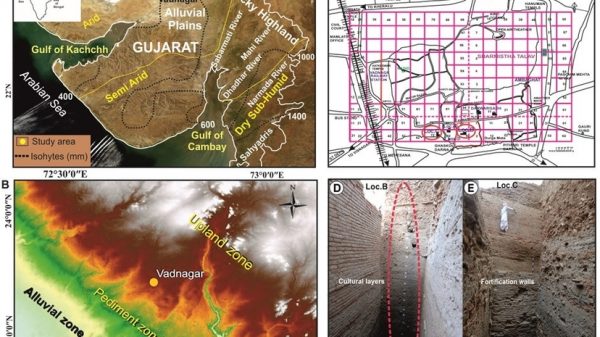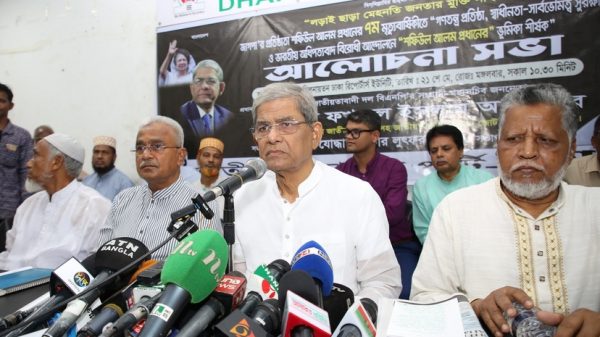A nearly 2000-year-old archaeological, botanical and isotopic data in a semi-arid region in the western Indian state of Gujarat hold clues to future climate adaptations, according to a new study by Indian scientists.
Vadnagar, the semi-arid region, witnessed mild to intense monsoon precipitation 1300-1900 years ago and bore a resilient crop economy based on small-grained cereals reflecting human adaptation in response to a protracted weakening of the summer monsoon and it can help shape strategies for future climate change adaptation to it, according to the study.
The rarity of historic sites, systematic excavations and multi-disciplinary work in the Indian subcontinent obscure the impact of distinct climate anomalies in the past. The intensity of the rain precipitation varies over the Indian landmass due to the variations in latitude, altitude, and distance from the sea, according to the study.
Indian scientists have been tracing the historical data on variations of rainfall and its consequences as such studies on changing cropping patterns, vegetation, and cultural development, during the last 2000 years provide clues for past human response to climate change and important lessons for modern societies in exploring possible strategies to future climate change.
A team of researchers from Birbal Sahni Institute of Palaeosciences (BSIP), an autonomous institution of the Department of Science and Technology, presented a 2500-year human occupation sequence spanning multiple environmental changes at the Vadnagar archaeological site based on archaeological, botanical, and isotopic data.
The study published in Quaternary Science Advances explores the periods of dynastic transitions and crop harvesting in semi-arid northwest India during past northern hemisphere climate events, namely the Roman Warm Period (250 Before Christ-400 Current Era), Medieval Warm Period (800 Current Era-1300 CE) and Little Ice Age (1350 Christian Era-1850 Current Era).
The data from the site indicate that food production was maintained even during climate deterioration. It was based on archaeo-botanical which combines botanical knowledge with archaeological material. Besides macro botanical remains, micro botanical and isotope and radiocarbon dating of the grains and charcoal were also included in the study.
Archaeological settlements have the potential to play a significant role as the region is known to respond to sharp climatic (monsoonal) changes owing to its location in the north-western periphery of southwest monsoonal activity in India. Further, plants used at that time provide direct evidence of their choices, activities, and ecological conditions.





























Leave a Reply